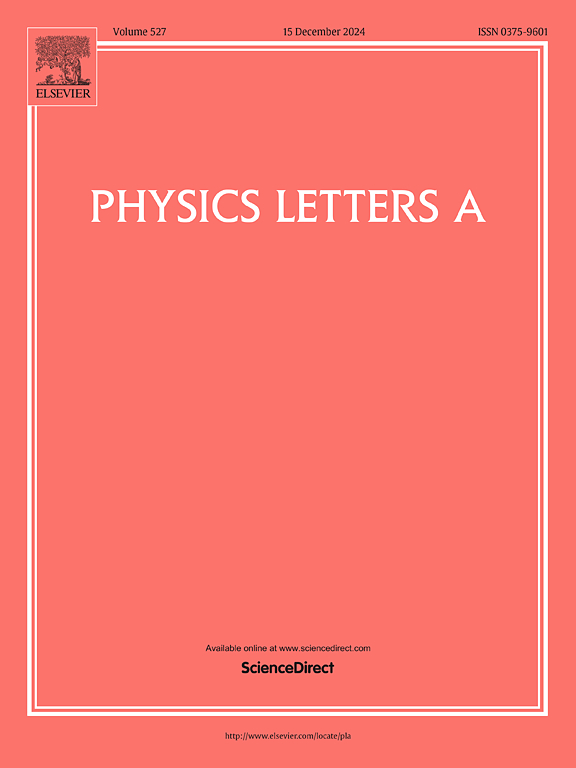Impact of Tolman-Kuchowicz metric potentials on cracking and overturning
IF 2.3
3区 物理与天体物理
Q2 PHYSICS, MULTIDISCIPLINARY
引用次数: 0
Abstract
The purpose of this paper is to present the detailed analysis of the cracking/overturning technique to provide an extended perspective to comprehend how local density perturbations influence the stability of stellar structures exhibiting spherical symmetry within the Rastall gravity framework. For our current analysis, we analyze an anisotropic configuration governed by the barotropic equation of state and formulate the field equations. Following this, we incorporate the non-conservation of energy momentum tensor and derive the Tolman-Oppenheimer-Volkof equation. Further, we incorporate Tolman-Kuchowicz spacetime in our study and obtain the expression for radial forces to examine the occurrence of overturning and cracking by inducing disruptions to the configuration using local density perturbations. To verify the viability of this approach, we implement it to ten distinct stellar objects i.e., Her X-1, 4U 1538-52, SAX J1808.4-3658, PSR J1614-2230, SMC X-1, Cen X-3, Vela X-1, PSR J1903+0327, EXO 1785-248, and LMC X-4, revealing that each star undergoes overturning and cracking within the configuration. Conclusively, this work highlights the importance of utilizing the suggested cracking technique for stability analysis in compact objects.
求助全文
约1分钟内获得全文
求助全文
来源期刊

Physics Letters A
物理-物理:综合
CiteScore
5.10
自引率
3.80%
发文量
493
审稿时长
30 days
期刊介绍:
Physics Letters A offers an exciting publication outlet for novel and frontier physics. It encourages the submission of new research on: condensed matter physics, theoretical physics, nonlinear science, statistical physics, mathematical and computational physics, general and cross-disciplinary physics (including foundations), atomic, molecular and cluster physics, plasma and fluid physics, optical physics, biological physics and nanoscience. No articles on High Energy and Nuclear Physics are published in Physics Letters A. The journal''s high standard and wide dissemination ensures a broad readership amongst the physics community. Rapid publication times and flexible length restrictions give Physics Letters A the edge over other journals in the field.
 求助内容:
求助内容: 应助结果提醒方式:
应助结果提醒方式:


